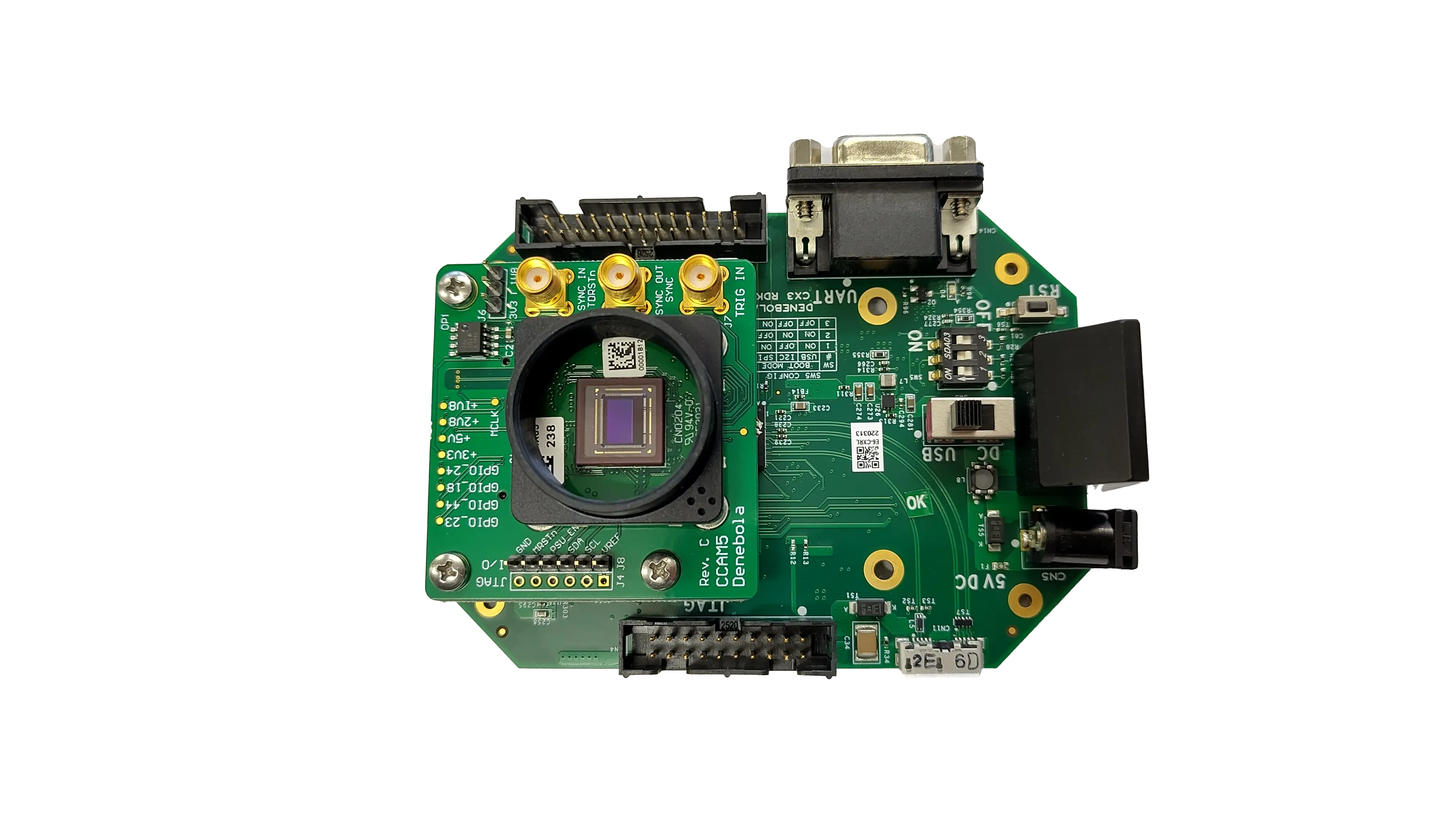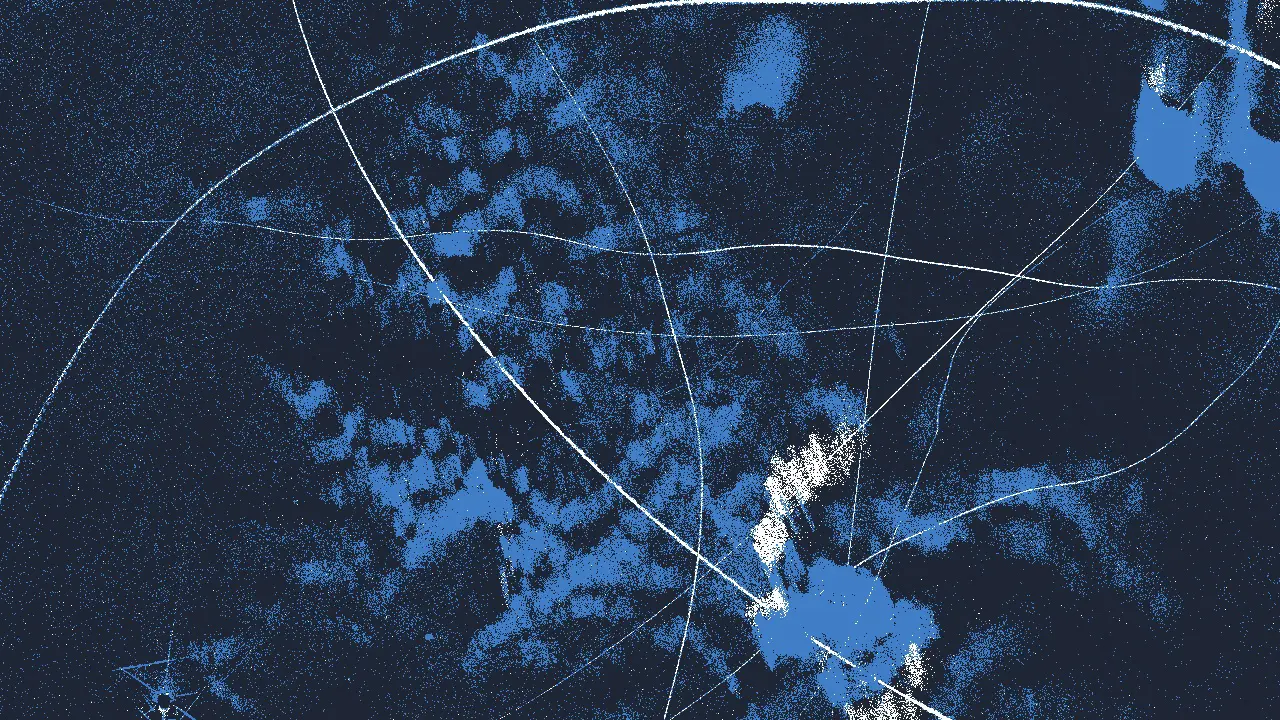Event-based Camera

Since June 2024, the ISC has had an evaluation kit for an event-based camera from Prophesee with the IMX636 sensor from Sony. This will be used to gather experience with event-based cameras and explore new areas of application.
What is an event-based camera?
Event-based cameras are biology-inspired vision sensors that work similarly to our eyes. They do not read the entire sensor at predetermined times, but instead detect differences in intensity in each pixel. If the intensity exceeds or falls below the threshold, an event is generated. This consists of the pixel position, the polarity (brighter/darker) and the time of the change. As the threshold of each pixel is independent of other pixels and logarithmic, a dynamic range of 120dB can be achieved. In addition, data is only output when the intensity changes. As a result, the camera can achieve time resolutions of up to 1µs and less computing power is required for processing since less data needs to be evaluated.
Applications
In addition to applications in autonomous driving, an event-based camera can be used for a variety of applications in which a conventional camera is too slow or limited by its dynamic range. One potential application is the observation of insects and birds. In an initial test, the camera was pointed at the sky. The video below is the result of this experiment.
The images and video were generated with a high accumulation time of 20s. This means that the events of the last 20s are displayed. The trajectories of the birds can be seen as lines. Since the movement of the clouds also causes differences in brightness, this is also visible. Blue corresponds to a negative event (darkening), white to a positive event (brightening).


